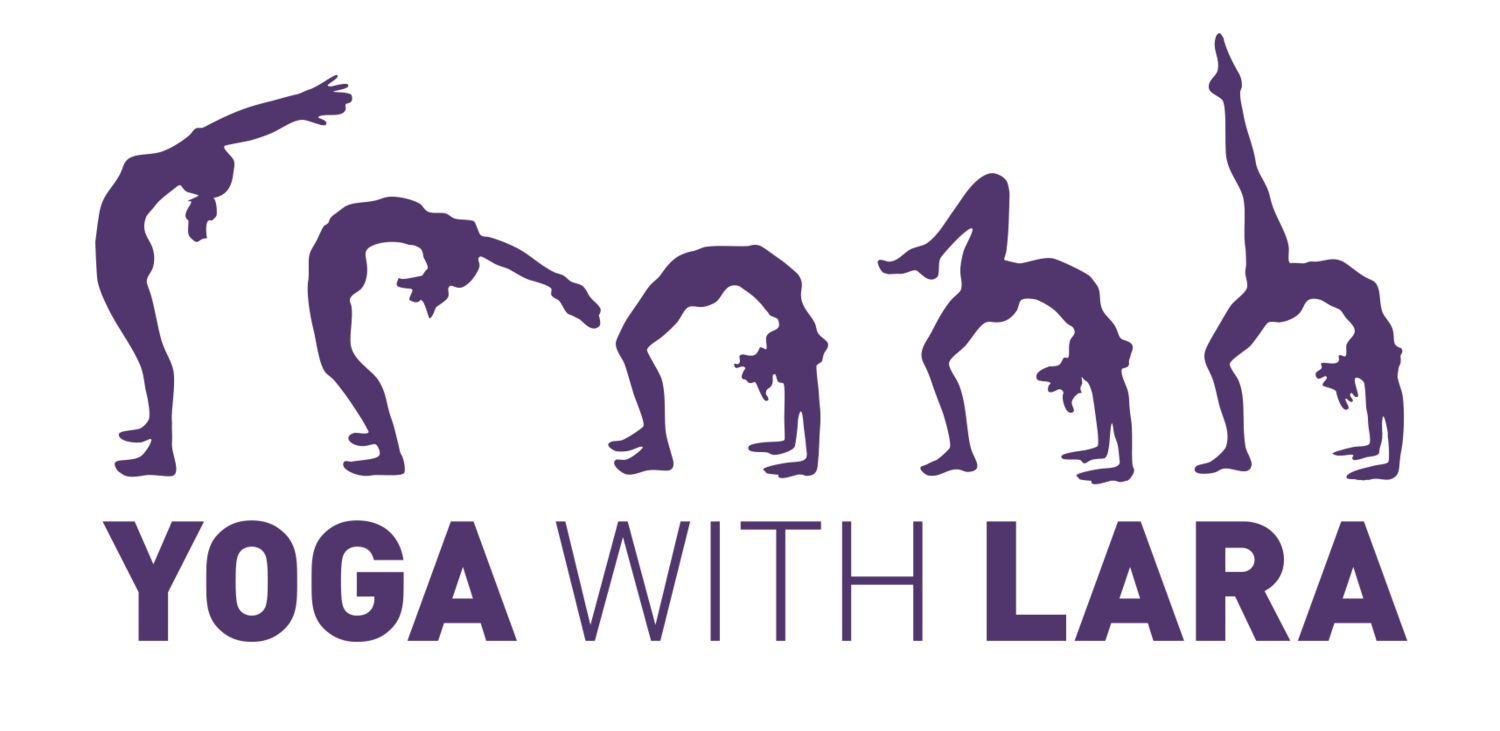What is Iyengar Yoga?
Iyengar Yoga is characterized by precision and alignment, timing in and sequencing of postures, and the use of props.
B.K.S IYENGAR
Internationally acknowledged as a master of yoga, Yogacharya B. K. S. Iyengar (fondly known as Guruji) began teaching 70 years ago. Through his intellectual and spiritual practices, Guruji masterminded the techniques that all yoga practitioners can use. "Research-based experience" and "experience-based research" helped him evolve this technique, now known as Iyengar Yoga, a yoga practice meant for all and a way of life. Using props designed by Guruji, such as wooden blocks, belts, and ropes, helps the practitioner achieve perfection in any asana. Regular practice of Iyengar Yoga integrates the body, mind, and emotions.
RAMAMANI IYENGAR MEMORIAL INSTITUTE
The Ramamani Iyengar Memorial Yoga Institute (RIYMI) in Pune, India, was founded by Mr. Iyengar in 1975 and is at the forefront of modern yoga. Here, Guruji and his daughter Geeta taught and refined the constantly evolving method, one of the world's most widely-practiced yogas. His son and granddaughter Prashantaji and Abhijata Iyengar continue to teach and honor Guruji’s teachings. Teachers from around the world come to RIMYI to practice and hone the skills they will take back to their own Iyengar communities.
PRECISION AND ALIGNMENT:
The precision in an asana is not merely meant for the alignment of the part but for the proper functioning of an individual. If the body is aligned with precision, then the breath is aligned with that same precision; if the breath is balanced, then the mind, emotions, and senses get balanced.
TIMING:
Iyengar Yoga practitioners are known for their ability to stay for a prolonged duration of time in different poses. For a beginner, it does mean developing willpower and is essential in the early stages of practice. However, one has to evolve beyond the realms of merely external force or will. Not staying for staying's sake but performing an asana where one intrinsically wants to stay in the pose. As our practice evolves, we can stay longer, but we find the effort required to maintain it lessens.
SEQUENCING:
As Iyengar Yoga practitioners, we are aware that it is not just the asanas but how you perform them, how long you perform them, and also the sequence in which they are performed which determine the effect of these asanas. The sequence in which they are performed is determined by: the purpose of practice, weather, time of day, the health of the practitioner, and the level of practice. With over 200 asanas, there can be any number of permutations and combinations. However, there are certain rules of thumb. For example, Salamba Saranvangasana (shoulder stand) is never practiced before Salamba Sirsasana (head balance). Also, a practice generally ends with Savasana (corpse pose) or other relaxation asanas.
PROPS:
Props have been a fruit of Guruji's innovative genius. It is because of the prop that people of all ages and health statuses can perform asanas with ease and attain the benefits of the practice of yoga.
HIERARCHY IN PRACTICE:
One final aspect of Iyengar Yoga is the concept of hierarchy in practice. While a beginner might be taught Utthitha Trikonasana (Triangle Pose) in their first class, Guruji also practices Trikonasana after 70 years. While the beginner's trikonasana is performed mainly on the muscular-skeletal level and is guided by his/her teacher, Guruji's trikonasana is performed in a state of meditation and is guided by his citi.
(excerpted from an article by Prashant Iyengar for the publication Yoga Rahasya)

